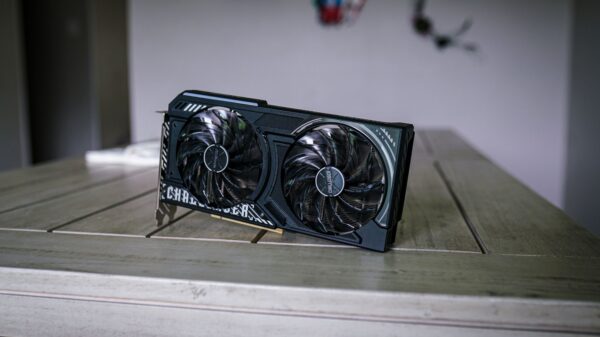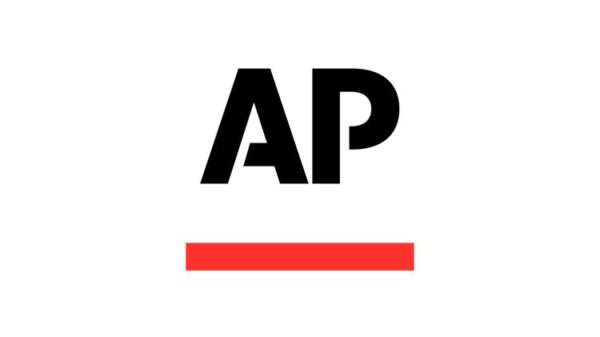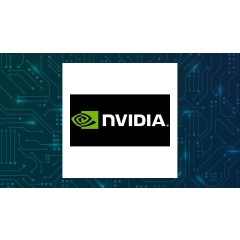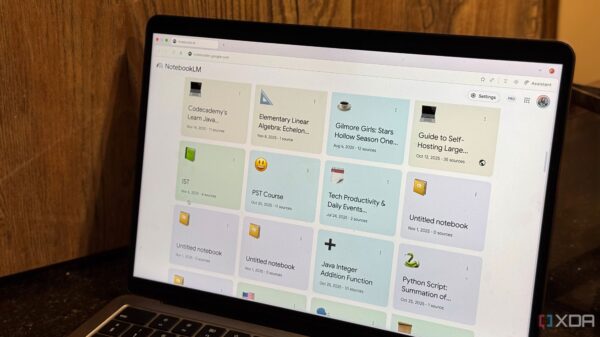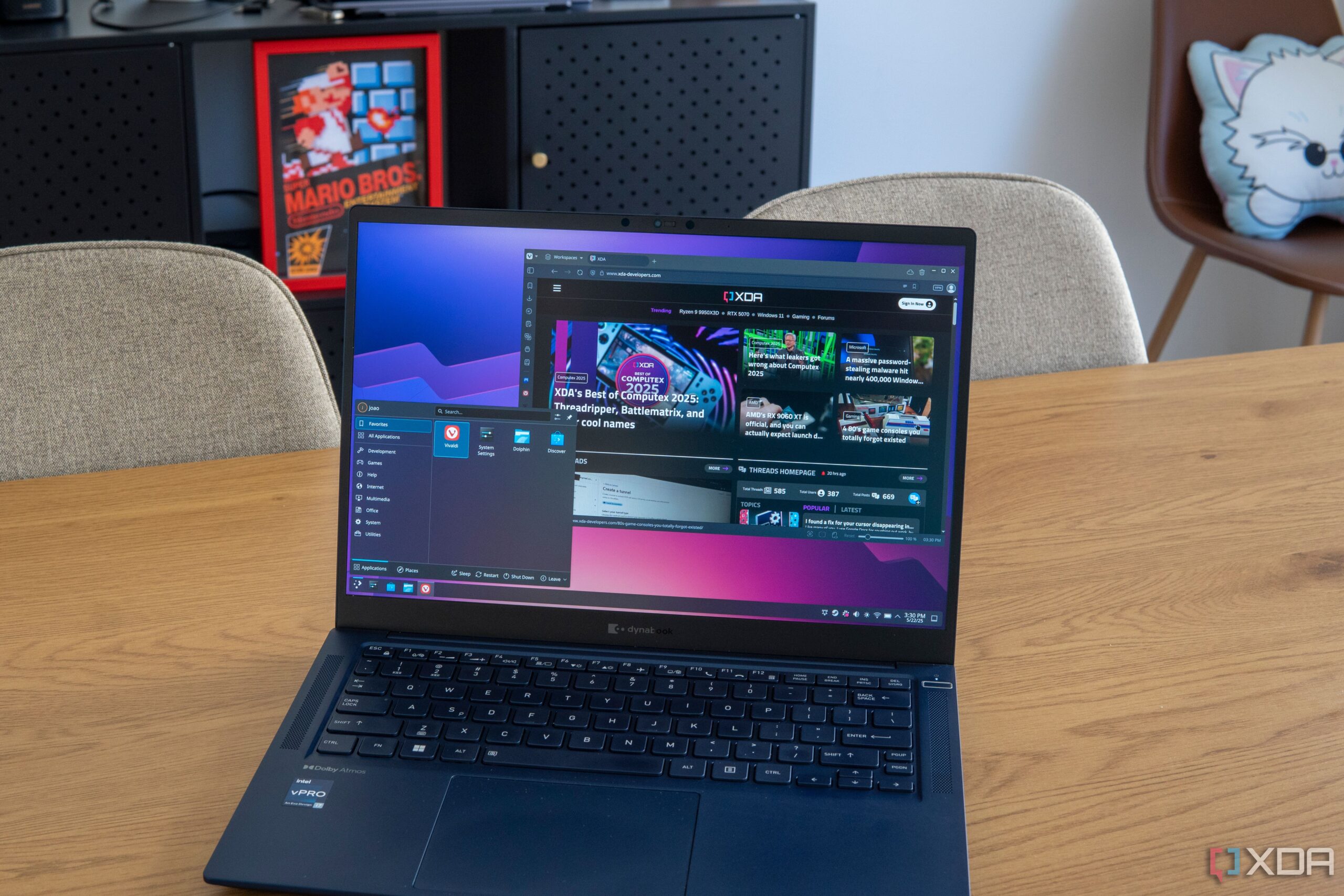UPDATE: As many users face the end of support for Windows 10, the shift to Linux operating systems is surging. This transition offers a viable escape from outdated systems and privacy concerns from large corporations. Experts emphasize that making this change doesn’t have to be daunting.
In light of these developments, users are encouraged to take gradual steps rather than impulsively installing any Linux distribution. Trying out Linux before a full switch is crucial for a seamless experience. October 2023 marks a pivotal moment for many as they consider alternatives like Ubuntu, MX Linux, and AntiX.
Many users report that the initial learning curve can be overcome with a few straightforward strategies. For instance, creating a Linux bootable USB drive allows users to test different distributions without fully committing. By booting from the live USB, individuals can explore the interface and features of a distro like Ubuntu without risking their existing data.
Virtual machines present another zero-risk method for experimentation. Users can run Linux distros on existing systems, allowing them to assess performance and usability. However, those with older hardware, such as a 2012 Intel Core i5 with 8GB of RAM, may find lighter options like AntiX more suitable for virtual environments.
Choosing the right distribution is essential. With an overwhelming number of options available, users are advised to consider their hardware compatibility and personal requirements. For example, Ubuntu is known for its user-friendly interface and regular updates, making it a strong candidate for newcomers.
Installing applications on Linux is easier than many expect. Popular software often comes in formats like Snap and Flatpak, which simplify installation processes similar to Windows’ setup files. Many users transitioning from Windows report a smoother experience than anticipated, with most essential applications available for Linux.
While most tasks can be accomplished via a graphical interface, engaging with the terminal is sometimes necessary. Thankfully, community forums and official documentation provide ample support for troubleshooting common issues. This community-driven assistance is an invaluable resource for new users.
Experts urge individuals to embrace the change and take their time finding the right distro. Rushing into a decision can lead to frustration and dissatisfaction. Instead, a measured approach—such as dual-booting or using a virtual machine—can facilitate a more enjoyable transition.
For many, the excitement of exploring Linux is paired with the reassurance of having a stable operating environment. As users embark on this journey, they are encouraged to document their experiences and share insights with the growing community.
For those contemplating this transition, now is the time. The shift to Linux is not just a trend; it’s a necessary evolution in today’s digital landscape. Stay informed and equipped as you navigate this significant change in your computing experience.






